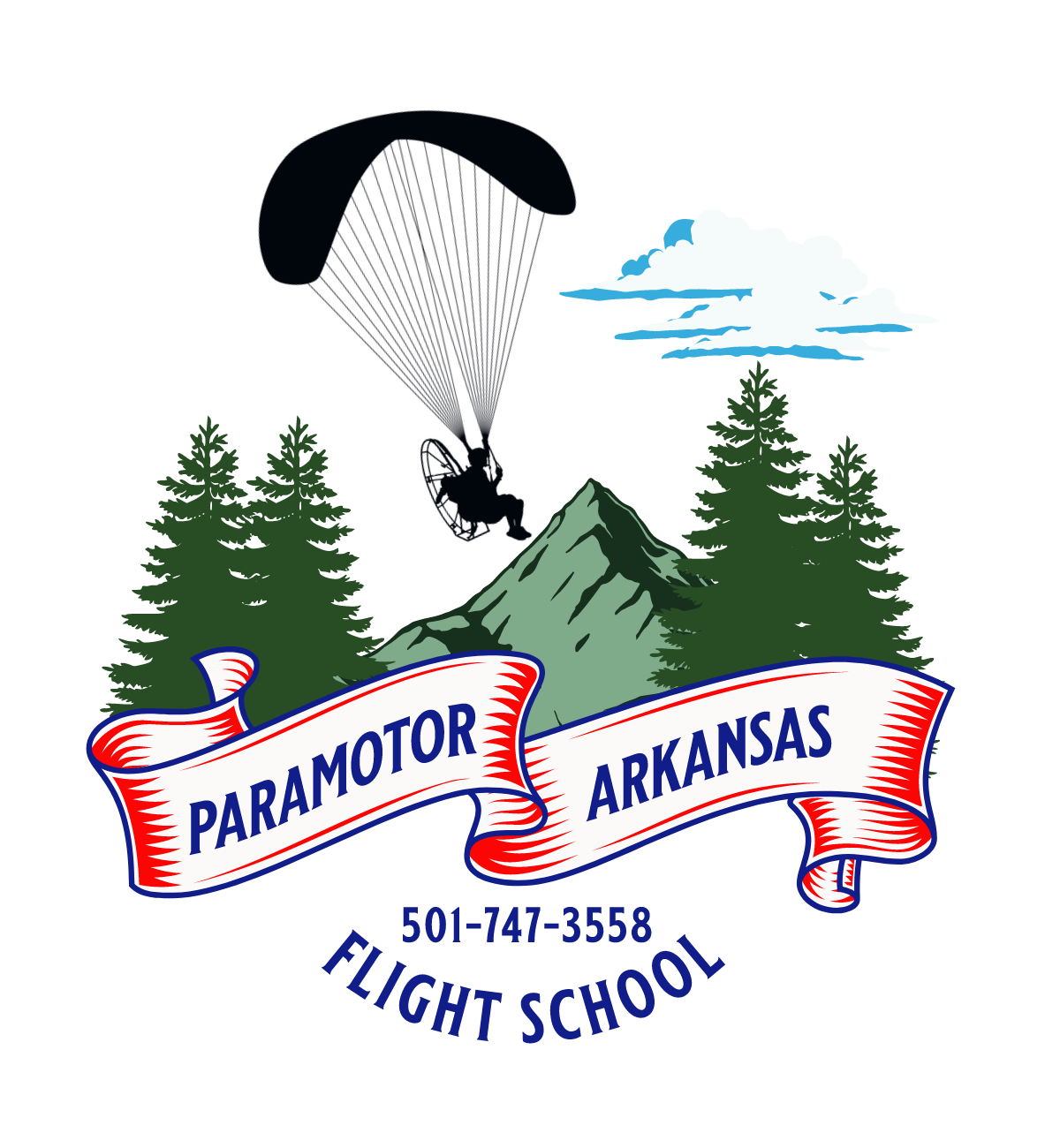Can I paramotor over water?
Paramotoring over water is possible and can offer a unique and exhilarating experience. However, it requires careful consideration of safety measures and specific equipment designed for such scenarios. Here's a detailed explanation:
-
Water Landing Gear:
- When paramotoring over water, it's essential to use water landing gear, which typically includes floats attached to the paramotor frame. These floats provide buoyancy and prevent the paramotor from sinking in the event of a water landing.
-
Emergency Flotation Devices:
- Pilots engaging in water paramotoring often use emergency flotation devices, such as life vests or inflatable systems, to enhance personal safety in case of an unplanned water landing.
-
Training and Experience:
- Proper training is crucial for pilots planning to paramotor over water. Training should cover water take-offs, landings, and emergency procedures specific to water operations. Pilots should have experience in various conditions, including calm and choppy waters.
-
Weather Considerations:
- Weather conditions play a significant role in the safety of water paramotoring. Pilots should be aware of wind conditions, waves, and any potential hazards in the water. Flying in gusty or turbulent conditions over water can be challenging and should be approached with caution.
-
Communication and Safety Equipment:
- Pilots should carry communication devices, such as waterproof radios or mobile phones, to stay connected in case of emergency. Additionally, GPS devices and other safety equipment can enhance situational awareness and aid in navigation.
-
Maintenance of Equipment:
- Paramotors used for water operations should be well-maintained, and special attention should be given to corrosion resistance. Exposure to water can accelerate wear and tear, so regular inspections are crucial.
-
Legal and Regulatory Compliance:
- Pilots should be aware of and comply with any local regulations or restrictions related to paramotoring over water. Some areas may have specific rules to ensure safety and prevent interference with other water activities.
-
Choosing Suitable Locations:
- Selecting suitable locations for water paramotoring is important. Pilots should choose areas with sufficient open water space, minimal boat traffic, and easy access for take-offs and landings.
-
Emergency Procedures:
- Pilots should be well-versed in emergency procedures, including water landings. This includes techniques for safely landing on water and procedures for getting out of the harness and paramotor in case of submersion.
-
Floatation for Wing:
- Some pilots also use floatation devices for their paragliding wing to prevent it from sinking if it touches the water.
Paramotoring over water can be a rewarding experience, but safety should always be the top priority. Pilots should seek proper training, use suitable equipment, and exercise caution in all water-related paramotoring activities.
